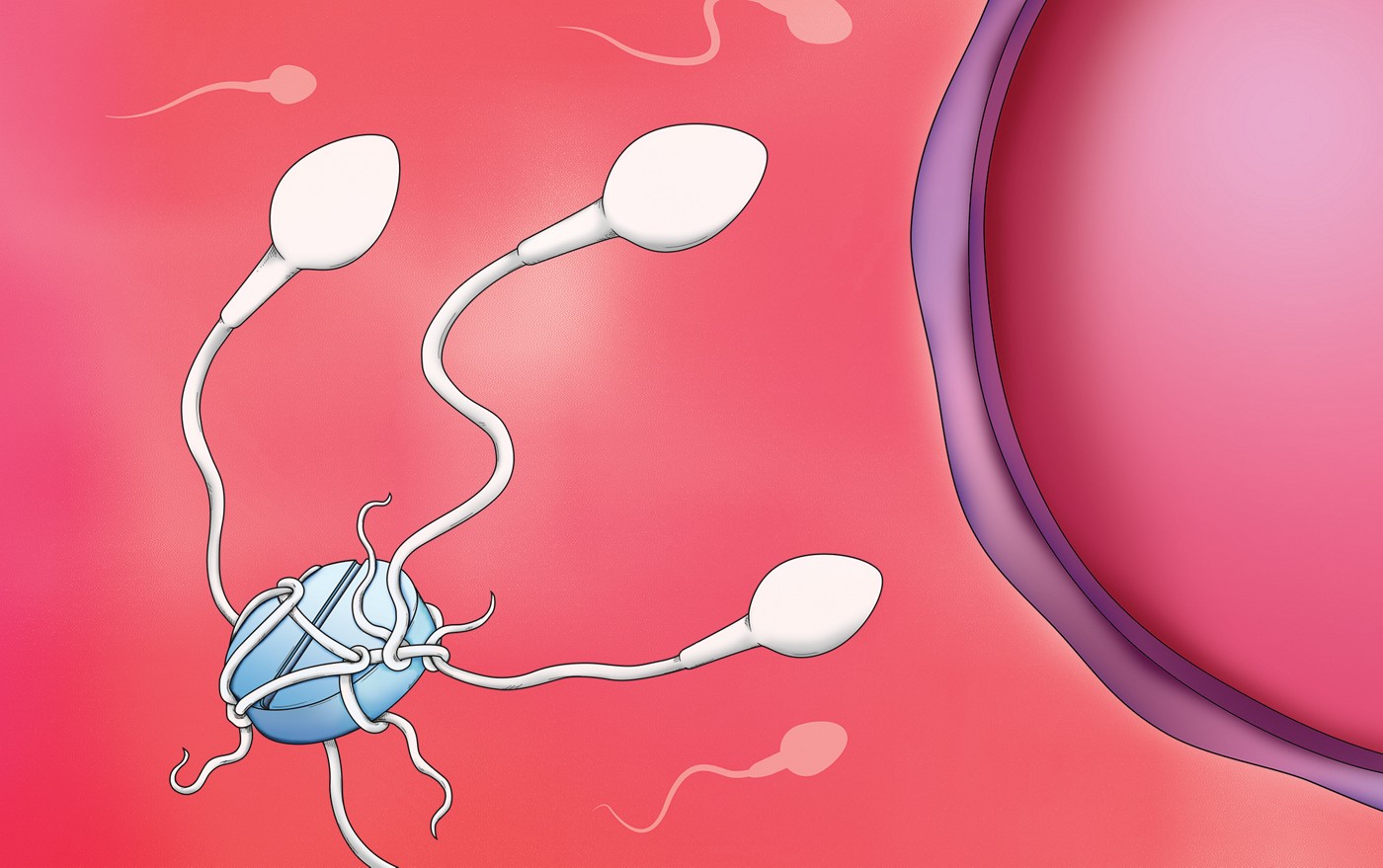By Charalampos Karouzos,
In the 21st century, there has been an increasing role of contraception in family planning, becoming essential for reproductive health and preventing unexpected pregnancy. While there are many contraceptive options for women, contraceptive methods available for men are only two either condoms or a vasectomy. As a result, contraception is an issue that must be faced frequently by women alone, and simultaneously many men are left relying on their partner to deal with pregnancy prevention. Today, raising a child is not only a single parent’s (the mother’s) job but a common effort by both parents, that are usually trying to balance their careers while creating a family. The novel state of the structure of families compared to the past, demands further access to contraception options for men, allowing them to actively participate in the process. However, although this discussion is not new, a significant number of issues have been presented over the years limiting male contraceptive pill development.
The male contraceptive pill has been a subject of research since the 1950s. It has been a slow and challenging process due to the complex nature of male reproductive physiology. Unlike women, who have a monthly menstrual cycle, men produce sperm continuously, making it difficult to pinpoint the window of fertility. It is well known that a couple that wants to get pregnant must understand which days of the cycle of the woman are the most fertile. For men, however, sperm is being produced continuously, making them always fertile. The production of sperm is regulated by the Central Nervous System and the Testes (hypothalamic-pituitary-gonadal axis), which involves the release of hormones such as follicle-stimulating hormone (FSH) and luteinizing hormone (LH), affecting sperm production. Therefore, researchers have been exploring the use of hormones to suppress the production of sperm directly by affecting the hypothalamic-pituitary-gonadal axis.

The most promising approach to male contraception in a pill form has been the use of hormonal methods. These involve the administration of synthetic hormones that mimic the action of FSH and LH, thus suppressing the production of testosterone and sperm. Several types of hormonal methods have been tested, including testosterone-based regimens, progestin-only pills, and combinations of progestin and testosterone. While these methods have shown promising results in clinical trials, they have yet to be approved for widespread use due to the presence of several issues. One of the main concerns with hormonal methods is the potential side effects. Hormonal approaches regardless of the dosage and the type of hormone analogs used, they interfere with the physiological balance of the many hormones inside one’s body, a very complicated and yet not fully understood field of human physiology, with significant known and unknown side effects. Testosterone-based regimens have been associated with decreased libido, acne, and weight gain, while progestin-only pills have been linked to mood changes, acne, and decreased bone density. Additionally, the long-term effects of hormonal contraception on male fertility are not yet fully understood.
Moreover, non-hormonal methods (in a pill form) for male contraception have also been explored, to counteract the issues presented with the usage of hormones. These alternative methods are based on the utilization of main heat, ultrasound, and chemical methods to reduce sperm production directly. Both heat and ultrasound regiments function by altering the normal conditions in the testes and thus prevent the multi-step process of spermatogenesis. Chemical methods, on the other hand, involve the use of compounds that target the sperm directly, preventing them from fertilizing an egg, by killing the sperm cells inside the vagina. While these methods have shown promise in early studies, they are still in the early stages of further research and development.

Although there are hormonal and non-hormonal approaches to contraception that can be explored, one of the main challenges in developing a male contraceptive pill regardless of its mechanism of action is the lack of adequate funding and investment in research. Historically, funding for reproductive health research has focused primarily on women’s health, as females were in the past assigned as responsible for everything regarding raising a child. The lack of adequate focus on male contraception research for an extended period has led to a shortage of resources and funding, halting new developments. Additionally, the regulatory process required for approving new contraceptive methods is lengthy and expensive. For a pharmaceutical company to gain approval for a new contraceptive method, extensive clinical trials are required to demonstrate safety and efficacy, as such drugs must be very effective to be beneficial for families. The process can take several years and cost millions of dollars, two conditions that are far from being met with male contraception research. To further complicate things, the development of male contraception is not of the pharmaceutical industry interest. It has been speculated that an effective pregnancy prevention pill for men could cannibalize the market for female contraceptives, which are already well-established and profitable.
In conclusion, the development of a male contraceptive pill has been a slow and challenging process with limiting indications for rapid future development. While hormonal and non-hormonal methods have shown promise in early studies, there is a great distance that must be covered for them to be available to the public, and even greater to become publicly accepted and widely used. Lack of adequate funding to support research on a topic of great human benefit is a major issue, that to be counteracted, public investment must be provided. Contraception is obviously a matter of choice; halting a great percentage of the population, men, from being in control over their reproductive health and at the same time inhibiting gender equity in sexual health decision-making is a challenge that needs an urgent solution.
References
- Birth Control for Males: Types, Benefits, and Risks. healthnews.com. Available here
- The weird reasons there still isn’t a male contraceptive pill. bbc.com. Available here
- Great news, a contraceptive pill for men without side-effects! Now how about one for women?. theguardian.com. Available here
- Where is the male contraceptive pill?. medicalnewstoday.com. Available here
- Male contraceptive disables sperm. nih.gov. Available here




